We Serve You Our Best :
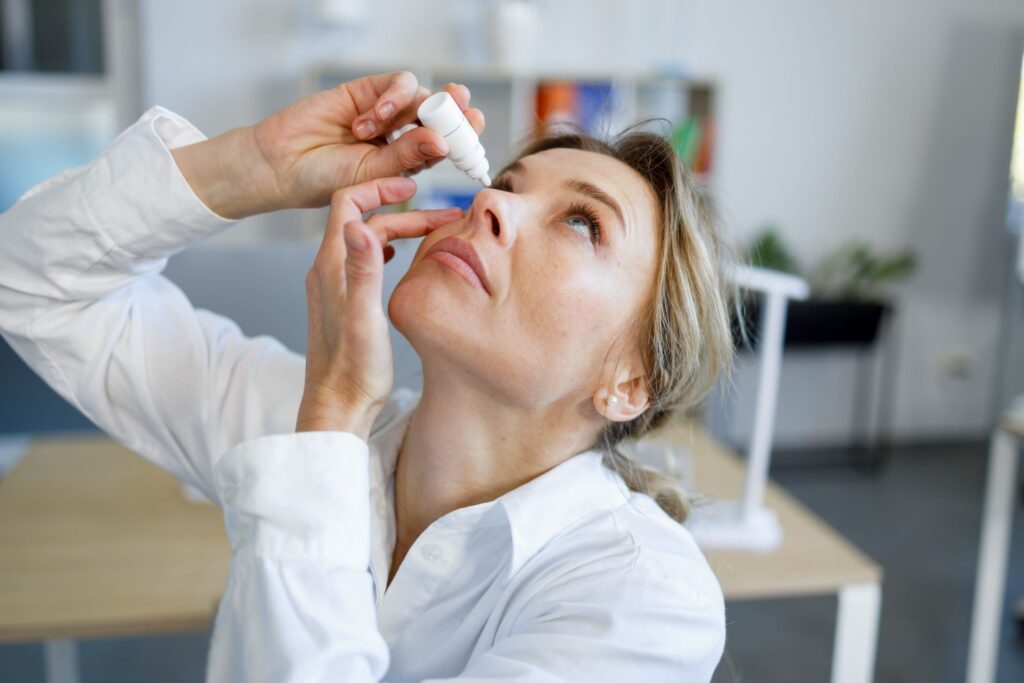
Dry Eyes
When your tears are unable to adequately lubricate your eyes, dry eye disease, a common illness, develops. There are various reasons why tears may be insufficient and unsteady. For instance, dry eyes may develop if your tear production is inadequate or of poor quality.
Corneal Infection
Bacterial keratitis is the most prevalent kind of infectious keratitis. Wearing contacts all night frequently contributes to it. The risk of infection is greatly increased even though the Food and Drug Administration has certified some extended-wear lenses for 30-day use. It is advised that you remove your contacts every day, clean and rinse them well, and store them with fresh contact solution because sleeping in contacts greatly increases your risk of developing keratitis. Be comfortable to discuss the danger with your ophthalmologist.
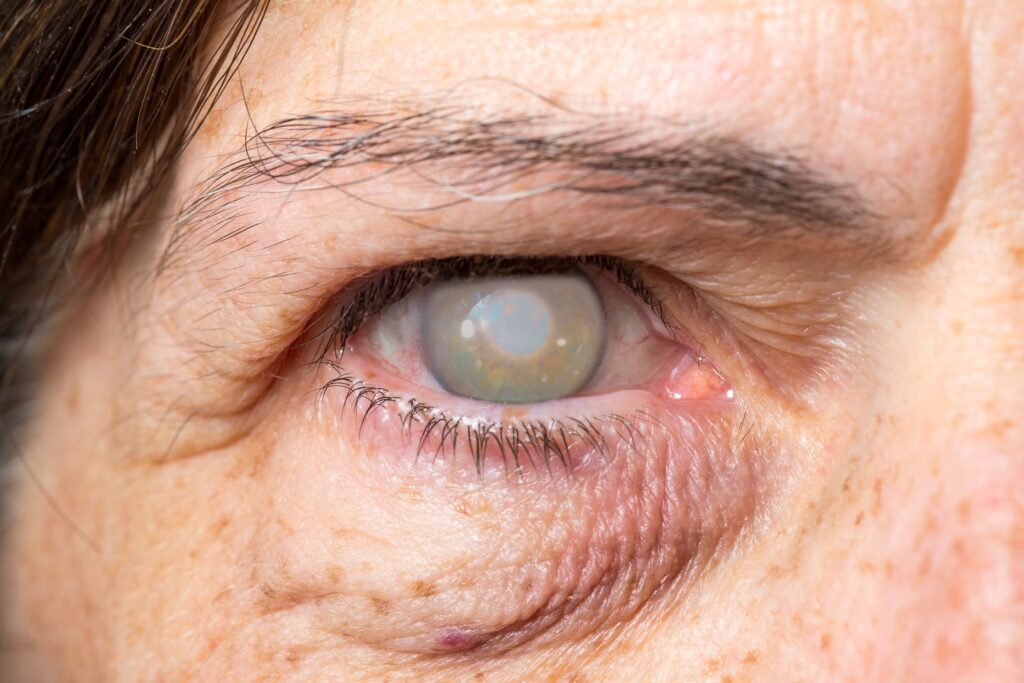
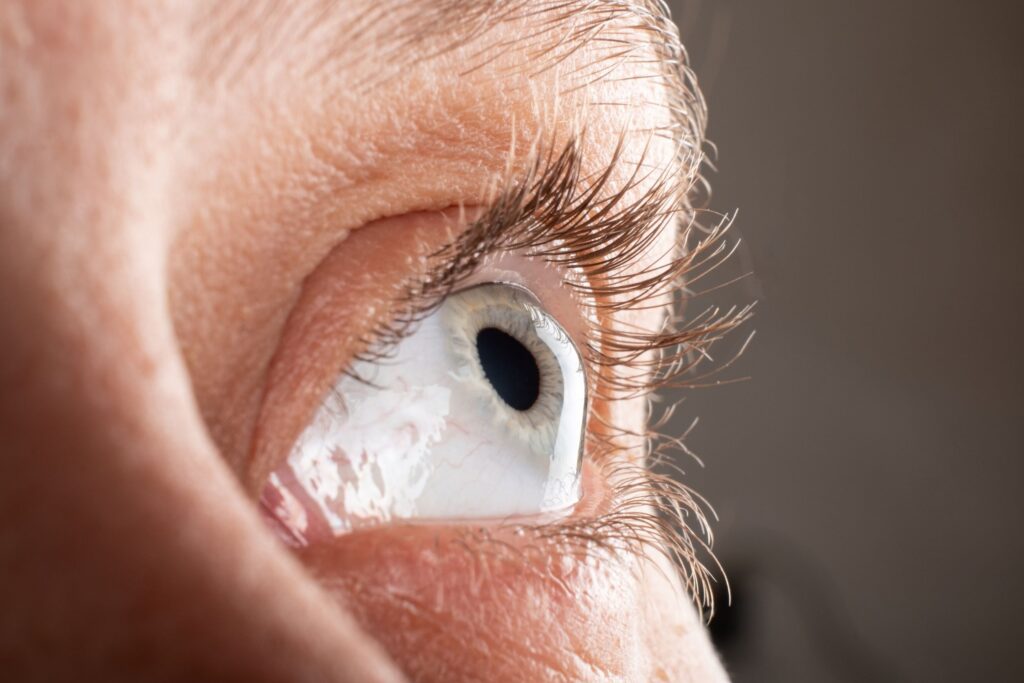
Keratoconus
Keratoconus (ker-uh-toe-KOH-nus) occurs when your cornea — the clear, dome-shaped front surface of your eye — thins and gradually bulges outward into a cone shape.
A cone-shaped cornea causes blurred vision and may cause sensitivity to light and glare. Keratoconus usually affects both eyes, though it often affects one eye more than the other. It generally begins to affect people between the ages of 10 and 25. The condition may progress slowly for 10 years or longer.
Eye Allergy
Eye allergy include redness on the inner or white of your eye. Other red flags include sensitivity to light, tears, impaired vision, a burning feeling, and itchiness. Eye allergies can occur on their own or in conjunction with nasal allergies and eczema, an allergic skin disorder. Visit your doctor to find out for sure if it’s an allergy.

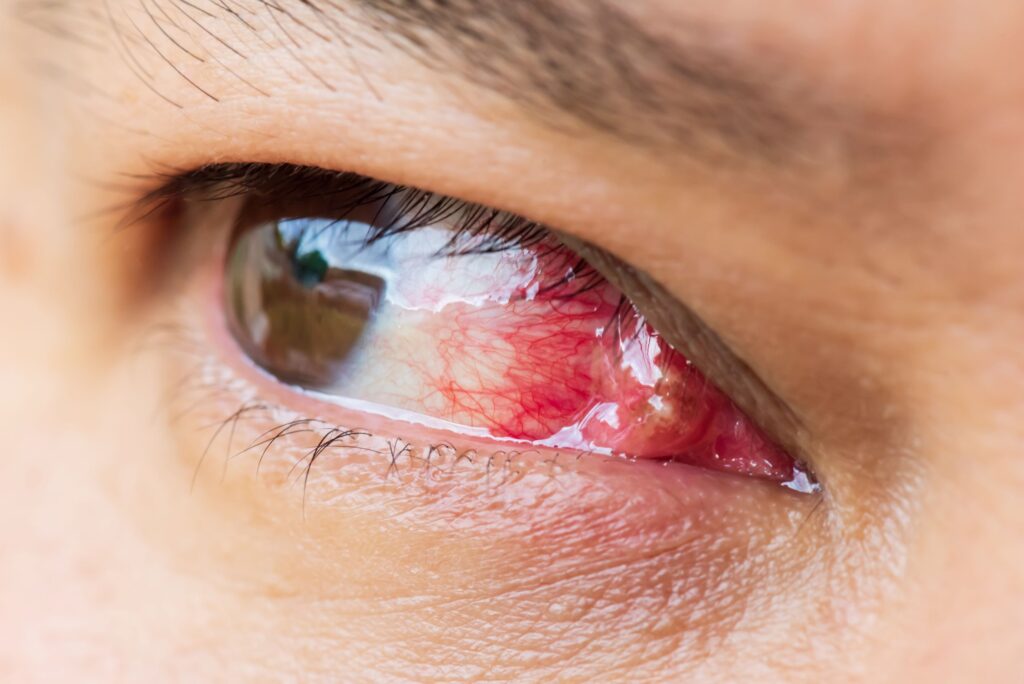
Pterygium
A pterygium is an expansion of the conjunctiva, the mucous membrane that covers the cornea in the white area of the eye. The cornea is the eye’s transparent front surface. This noncancerous or benign growth frequently has a wedge-like form. A pterygium can be removed if it is obstructing your vision even if it often doesn’t cause issues or need treatment. On rare occasions, a pterygium can leave your cornea with extensive scarring. The cornea’s scarring must be repaired since it may impair eyesight.
Ocular Surface Disease
Dry eye disease (DED), blepharitis, Meibomian gland dysfunction (MDG), allergic eye diseases (AED), chemical and thermal burns, and other ailments are included in OSD. Ocular surface conditions have a negative impact on vision and quality of life, and in the worst situations, they can result in blindness. Varied populations have different severity levels and presentation modes. Any problem in these structures, which include the cornea, conjunctiva, eyelids, and lacrimal glands, might be Categorised as an ocular surface condition (OSD). Despite a significant prevalence of OSD, cases too frequently go undetected or receive inadequate care as a result of misdiagnosis and poor evaluation of symptoms.

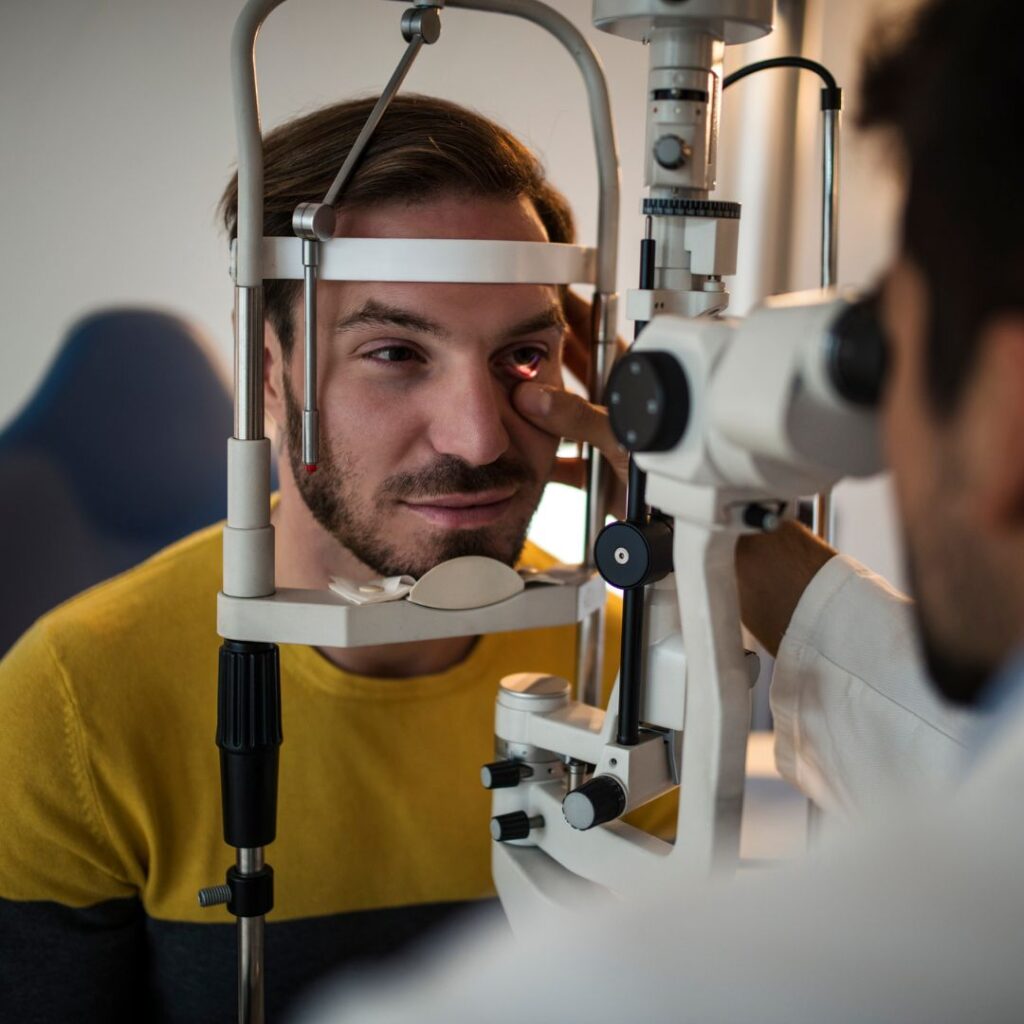
Corneal Transplants
Your cornea will be completely or partially removed by the surgeon, and it will be replaced with a layer of sound tissue. The tissue used to make the replacement cornea was donated by individuals before they passed away. If your cornea is white and scarred, a cornea transplant, also known as keratoplasty, may help restore your vision, ease your pain, and even improve the appearance of your cornea.


